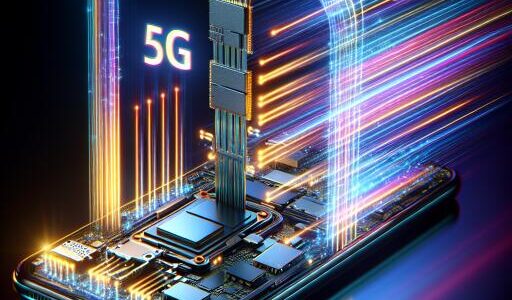Apple Knew Where the Puck Was Going, But Meta Skated There
Amidst the excitement surrounding Mark Zuckerberg’s presentation of Meta’s “Orion” AR glasses at their Connect conference last week, a subtle but significant detail was mentioned: “And the small puck that goes with it,” he casually included before quickly moving on.
Wait, what? These glasses require a puck?
While not entirely new information, the necessity of an external puck had been noted in other reports about Meta’s AR work. Initially, this seemed similar to how Apple’s Vision Pro connects to a tethered battery pack or how Magic Leap uses a tethered “Lightpack” puck. However, Meta’s approach appears more advantageous as it’s a wireless device, as confirmed by Meta CTO Andrew Bosworth. The puck isn’t just a battery—it’s a computing device transmitting data to the glasses.
This raises an important question: why didn’t Apple adopt a similar strategy with the Vision Pro?
It’s a familiar thought. Many have speculated about it before. Despite Apple requiring users to connect a bulky battery to the Vision Pro, the compute functions remain within the headset. Why not offload some of the computing work to the external battery pack? After all, you could fit a Mac SoC in there. Instead, the battery pack only serves as a power source, with all calculations managed by the headset.
Meta’s decision prompts this question once again. Their choice was driven by the need to make the “Orion” glasses truly wearable, hence much lighter than the Vision Pro, necessitating offloading as much hardware as possible. But why didn’t Apple follow a similar route? The Vision Pro’s biggest criticism is its weight. Moving the battery external was a step towards lightening it. Why not offload the computing too?
Listening to Bosworth discuss Orion in an interview, another logical concept surfaced: the puck enables Meta to offload computing without tethering to a phone. This solution stems from Meta not owning an OS ecosystem like iPhone’s iOS or Android. They don’t want the glasses to depend on any phone. So, the puck serves as a means to maintain independence from smartphones.
But what if you owned the iPhone?
It’s peculiar that Apple didn’t design the Vision Pro to offload computing to their already advanced iPhone, which most Vision Pro users likely own. Imagine a Vision Pro that’s significantly lighter and cheaper by using the iPhone’s computing power.
From a previous article this June:
The most captivating idea would be allowing or forcing the Vision to tether to an iPhone or Mac to handle computing duties. In my opinion, they should pursue this approach. While Apple views Vision Pro as a stand-alone computing device, capable of doing it all one day, that day is far off. Considering the need for an external battery pack, why not integrate a Mac SoC in that pack or leverage the iPhone, iPad, or Mac’s computing capabilities through software?
Apple must have contemplated this. When the Apple Watch launched, it initially operated tethered to an iPhone. It seems Apple is pondering a similar strategy for future versions of Vision Pro. According to a recent newsletter:
Apple recognizes the need to rethink its headset strategy but is divided on how to proceed. Currently, the Vision Products Group is evaluating several options, including:
The smart display route: Removing the on-board computer and external battery from the Vision Pro and shifting many internal functions to the iPhone. This would enhance the iPhone’s value, reduce the headset’s weight and heat, and—most importantly—cut several hundred dollars in components to lower the price.
Though it’s not the sole path Apple is considering, this approach seems evident, especially after Meta’s “Orion” showcase and their $399 Quest 3S announcement. How much less could a Vision Pro cost if it leveraged the iPhone’s computing power? While the screens are the most expensive component, the reduction in weight and cost of other parts is significant.
This strategy might be more suitable for a ‘Vision’ device rather than the ‘Vision Pro’, also fitting well with the nomenclature, essentially creating an Apple Visor.
Side benefit: Enabling all iOS apps, not just iPad ones.









